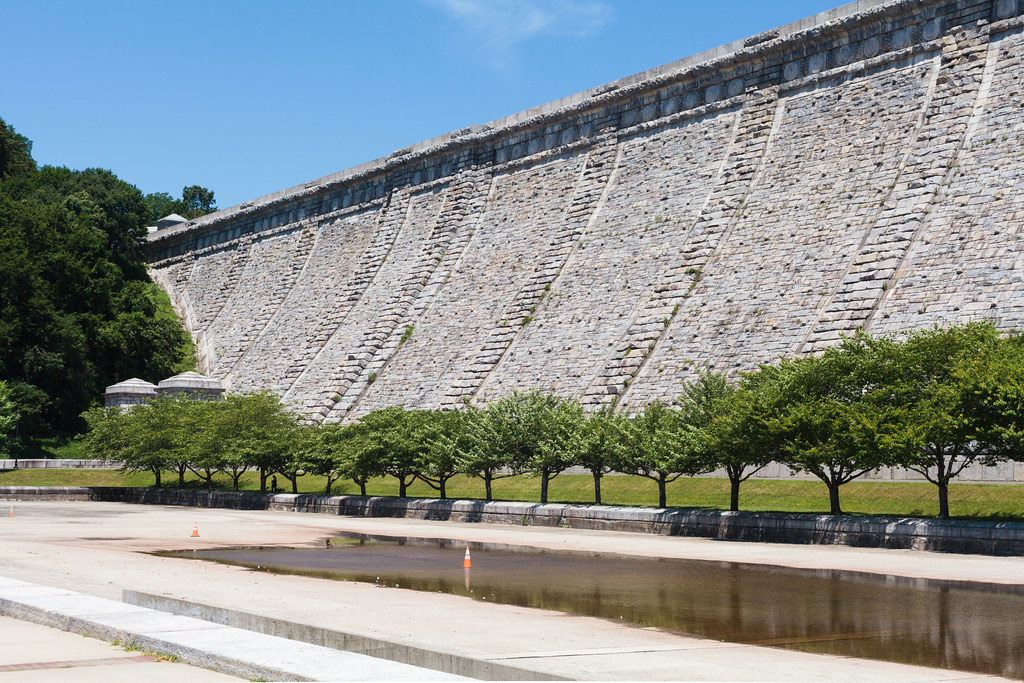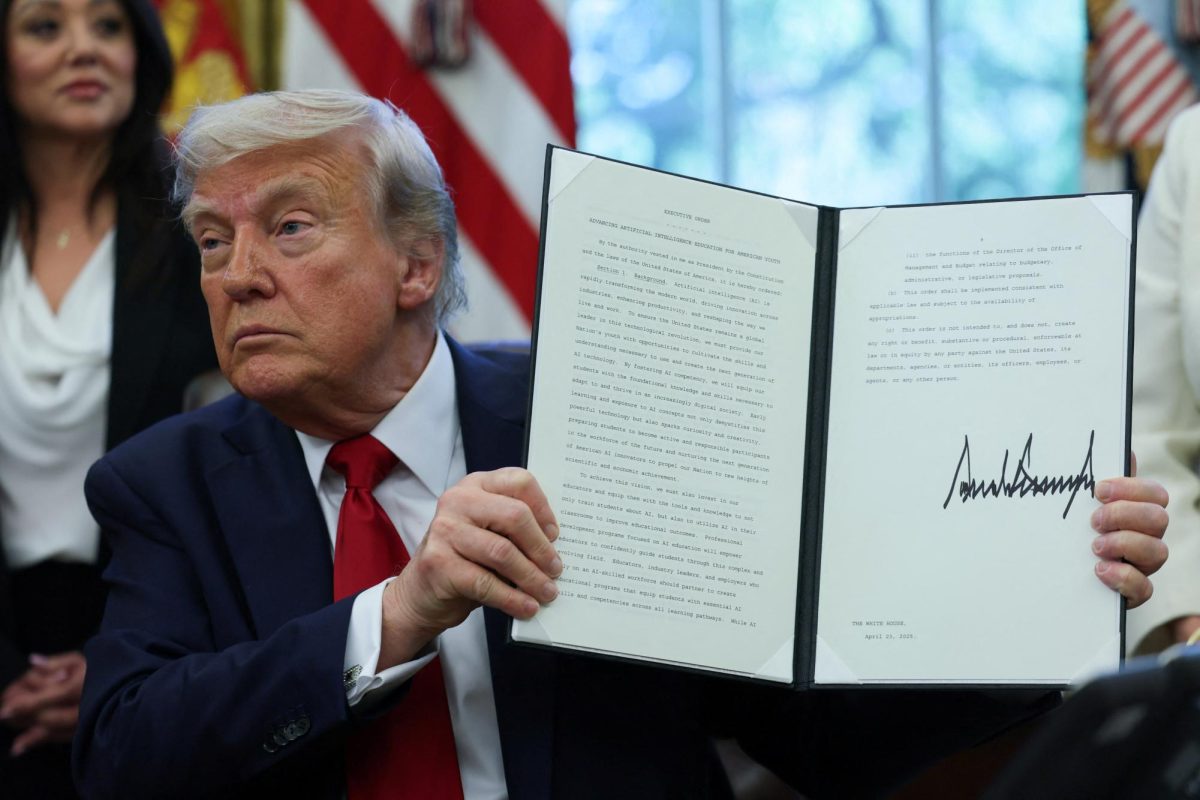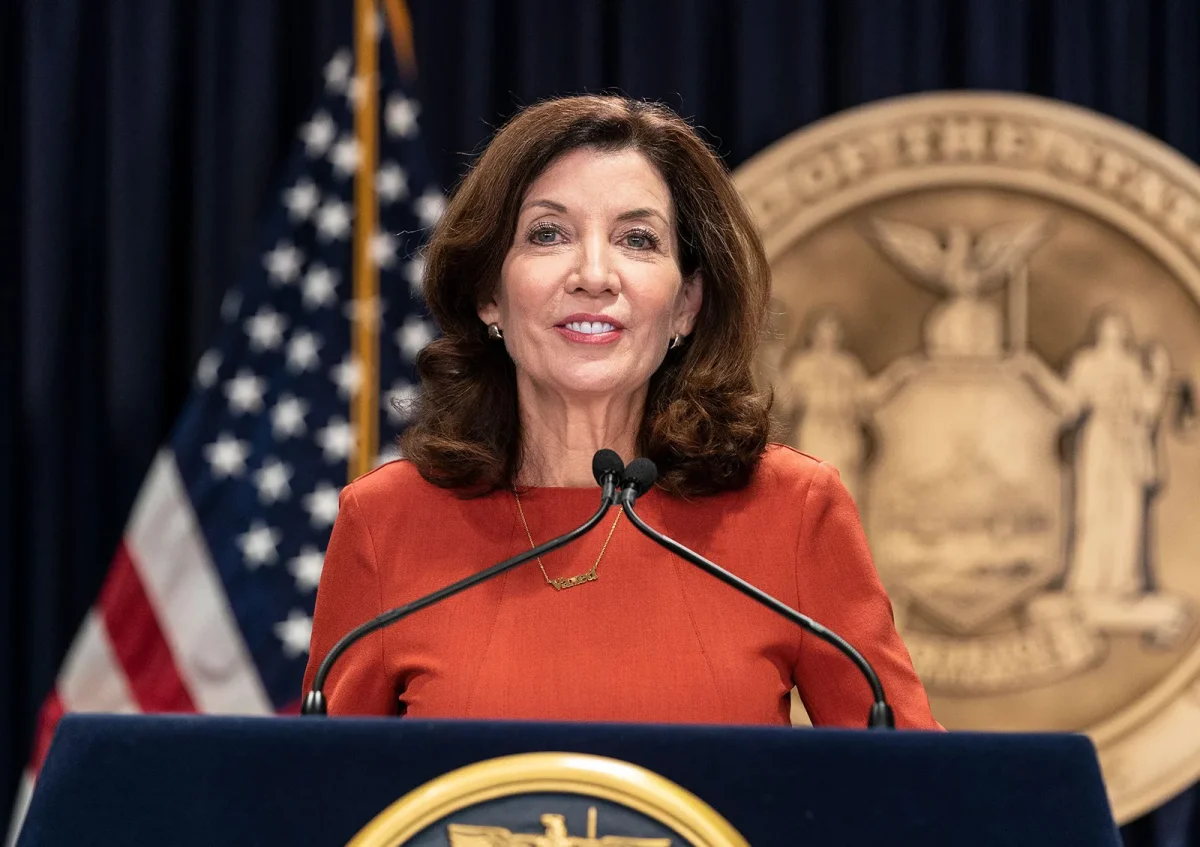New York is famous for its stellar drinking water. However, the detection of haloacetic acids in disinfected water sourced from the Rye Lake branch of the Kensico Reservoir–which provides drinking water to much of Westchester and New York City–has generated concern regarding the safety of the drinking water it provides to Mamaroneck and Harrison. Westchester Joint Water Works (WJWW), which provides water to Mamaroneck, has swapped land with Westchester County to build a filtration plant at Westchester County Airport.
Although the filtration plant’s purpose is to provide safe water, some argue that the new placement will have negative environmental and water quality impacts.
Nok Siriphonlai, Bedford’s Deputy Commissioner of Public Works, explains that “haloacetic acids (HAA5) are a group of five chemicals that are formed when chlorine or other disinfectants react with organic and inorganic matter in water.” Long-term consumption of HAA5-contaminated water may lead to increased risk of cancer. Frank Arcara, the General Superintendent of WJWW, shares that “filtration is…a proven treatment to reduce the formation of HAA5 compounds by removing organic matter that is naturally found in untreated water” before it reacts with chlorine.
In 1999, WJWW obtained land in Purchase to build the filtration plant; construction began briefly in 2006 before being blocked by lawsuits (WJWW Filtration). Later, on June 24, 2024, the U.S. government filed a lawsuit against WJWW and the Mamaroneck and Harrison governments for disregarding the Safe Drinking Water Act (SDWA) of 2019 by allowing HAA5 levels to exceed the EPA’s guidelines. Arcara reports that “WJWW experienced violations for HAA5 contaminant levels for the first and only time in 2019. In immediate response to these Maximum Contaminant Level (MCL) violations, WJWW began an aggressive water distribution system flushing program and hasn’t experienced a MCL violation since.” Flushing will continue until the plant opens.
The lawsuit was also filed in response to WJWW’s failure to follow an EPA order from 2019 which demanded that it begin building the filtration plant by 2022 in order to prevent further HAA5 contamination (U.S. Attorney’s Office).
David Birdsall, Business Director of WJWW, adds that the settlement “resulted in civil fines of $1.25 million to be paid currently and the requirement to undertake public benefit projects totalling $7.7 million…in place of potential statutory fines well in excess of $100 million.”
Due to the WJWW land swap, the filtration plant required by 2029 will be built in the watershed of the Kensico.
George Klein (’62)–an MHS alum, Vice Chair of the Sierra Club Lower Hudson Group, and co-founder of the Coalition to Prevent Westchester Airport Expansion–explains that PFAS are present in the site’s soil because a “chemical spill [occurred] within 1,000 feet of the WJWW build site, near Hanger E.”
Per- and polyfluoroalkyl substances (PFAS) are synthetic chemicals known to harm human health in several ways, including increasing cancer risk (Agency for Toxic Substances and Disease Registry). Klein also notes that since the Kensico Reservoir is “downhill” of the site, building the filtration plant (which is not designed to filter PFAS) on it would “pollute the Kensico with rainwater [carrying PFAS from the disturbed site.]”
However, Birdsall maintains that the NYCDEP, NYSDEC, and state and county health departments reviewed the project’s environmental quality review, and that the NYCDEP “[confirmed] that the construction of the Water Filtration Plant on the project site will not harm the Kensico Reservoir.”
Klein further notes that the new filtration plant is planned to “be able to deliver 30 million gallons of water per day,” when there only exists demand for “20 million gallons.”
Klein believes that this disparity implies future expansion of the airport. Birdsall, however, says that “it has been designed…to accommodate future population growth within the community.”
Local water rates will likely increase markedly over the coming years, as the plant’s construction will cost a projected $138 million, although New York state has provided a $30 million grant derived from the $4.2 million Environmental Bond Act of 2022 to build it (The Examiner News).









